A walk from Adder’s Copse to Gallows Down, Berkshire: 'I've rarely done a circular walk as perfect as this one'
Fiona Reynolds takes a stroll on a quiet part of the North Wessex Downs that is redolent with history and wildlife.

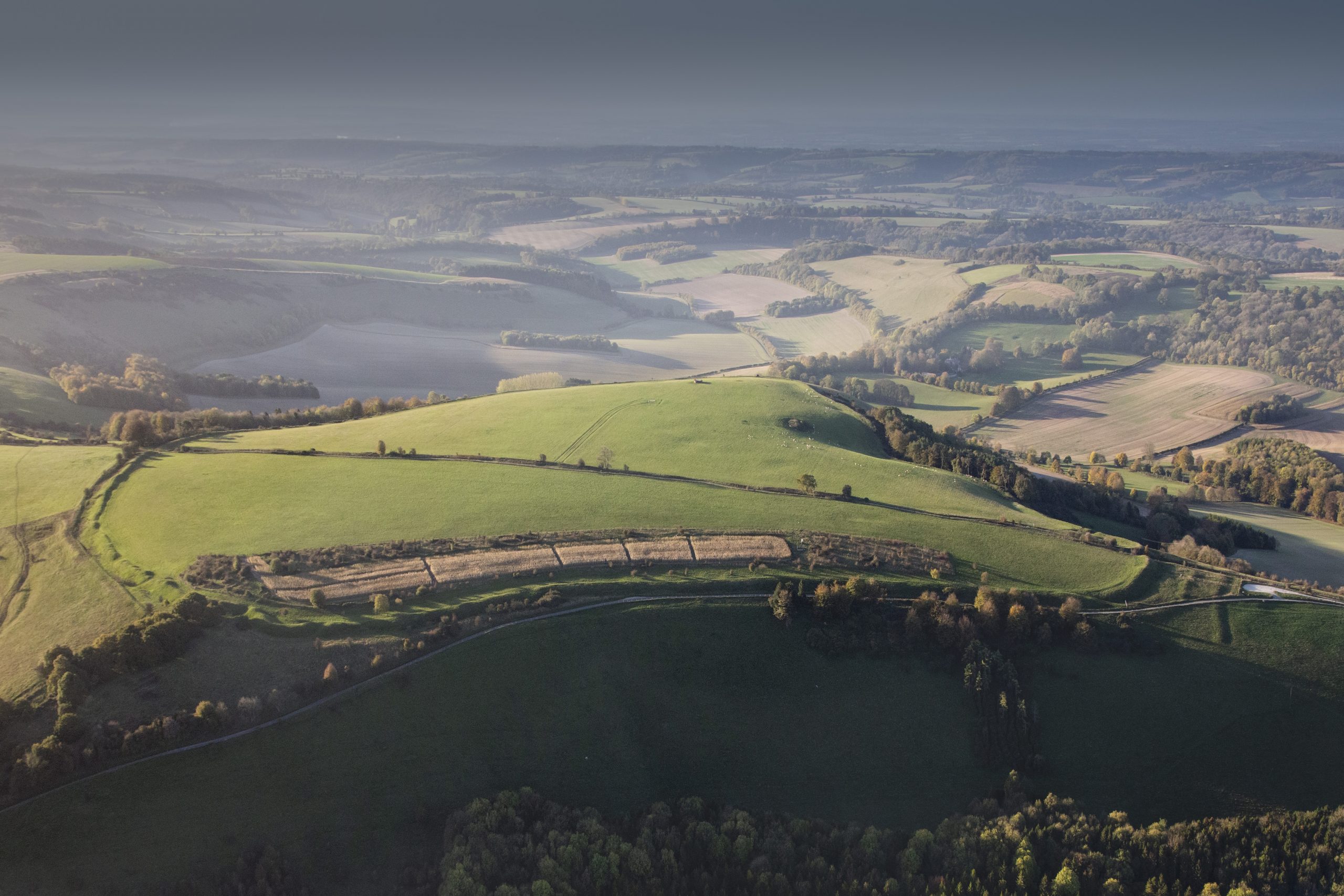
Tge highest point in south-eastern England is Walbury Hill in West Berkshire, in the North Wessex Downs AONB. As we reach its summit and its glorious 360-degree views, my friend and I agree that we have rarely done a circular walk as perfect as this one.
In a few hours, we’ve walked on orchid-and butterfly-strewn downland, through wooded lanes and a peaceful nature reserve and wound our way through the fascinating, scattered community of Inkpen. We’ve been intrigued, all day, by the evocative names of the farms and lanes and delighted by a series of wildlife surprises.
Our walk starts and ends at Walbury Hill, site of an iron-age hill fort where ramparts run alongside a path that descends to Inkpen village. As we walk, we count butterflies, glad to see our first marbled whites. At the bottom of the hill, we pass the definitively named Adder’s Copse, then pick up the first of many tiny lanes that wind through this landscape.
From Great Farm to Prosser’s Farm, we enjoy the quiet, leafy surroundings, until we’re assailed by loud chirruping. The Merlin App confirms my friend’s identification of nuthatch and we watch as a family of five young chase each other through the shrubs.
We’re now on the edge of Inkpen common, a welcoming local nature reserve with well-marked paths winding between dense thickets of low bushes. Perfect Dartford warbler territory, we think, although, listen as we might, we don’t hear one.
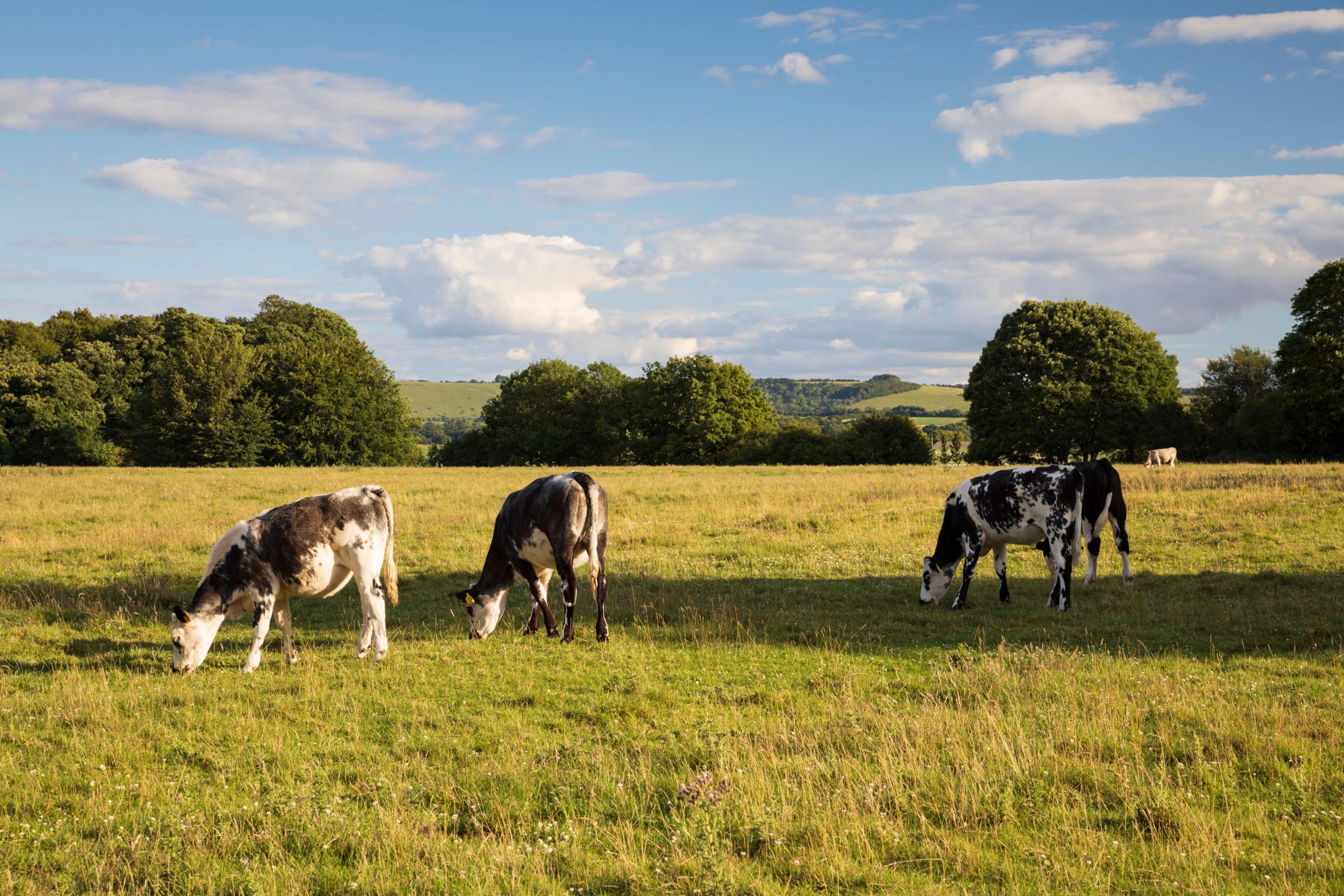
Next is Willow Farm, Fox Hill and Folly Road, after which we take a delightful beech-lined lane to the moated Balsdon Farm, a tiny hamlet far from surfaced roads. We wonder if it was through here that William Cobbett rode in November 1821. He passed through Inkpen on his way to Prosperous Farm only a couple of miles away, where Jethro Tull invented his famous seed drill.
From Balsdon, we turn south to Northcroft farm and pick up Weavers Lane to Lower Green, where a crocus field makes Inkpen famous today. Here, tucked away, is the 13th-century church next to a perfect Georgian vicarage (think Jane Austen), with a distinctive square tower. Its interior was remodelled in the late 19th century and includes charming Arts-and-Crafts wall paintings.
Exquisite houses, the beauty of Nature, and how to get the most from your life, straight to your inbox.
From the church, we head for the hills, taking a long footpath running due south towards Inkpen hill. As we enter the woods just below the scarp edge, we have another remarkable wildlife encounter. A hare stops, still, in front of us, close enough for us to see its quivering nose and apparently not aware of us until we move gently towards it.
Then it’s onto Inkpen hill, where we marvel at dense patches of common spotted orchids, lady’s and hedge bedstraw and myriad butterflies. As we eat our lunch, a red kite flies past at eye level and larks sing their hearts out. Perhaps all is not lost in this world.
We climb onto Gallows Down, topped by Inkpen Long Barrow, itself topped by the enormously tall, striking structure of Combe Gibbet. It’s where the bodies of an adulterous couple, George Broomham and Dorothy Newman, were hung after they were found guilty of the murder of George’s wife and son. They were hanged in Winchester in March 1676, and their bodies moved to the gibbet for public condemnation. It’s never been used as a gibbet since, but the sight of it sobers us as we return along the chalk path.
We’ve loved discovering this place, full of summer flowers, birds and butterflies, and even more full of stories, ripe for the telling. It’s a reminder that — as W. G. Hoskins said — ‘the English landscape is the richest historical document we possess’ and that nowhere is without its fascination.
Fiona Reynolds is chair of the Royal Agricultural University governing council and author of ‘The Fight for Beauty’

A walk through Badley Woods: 'My memory, is on fire, and I wander through the woods looking for places half-remembered, but intensely felt'
A return to scenes from a carefree childhood rekindles happy memories for Fiona Reynolds.

Credit: robertharding / Alamy Stock Photo
Lundy Island: The joys of a good walk, inspiring beauty and no phone signal
Fiona Reynolds was left refreshed and exhilarated after a trip to Lundy Island.
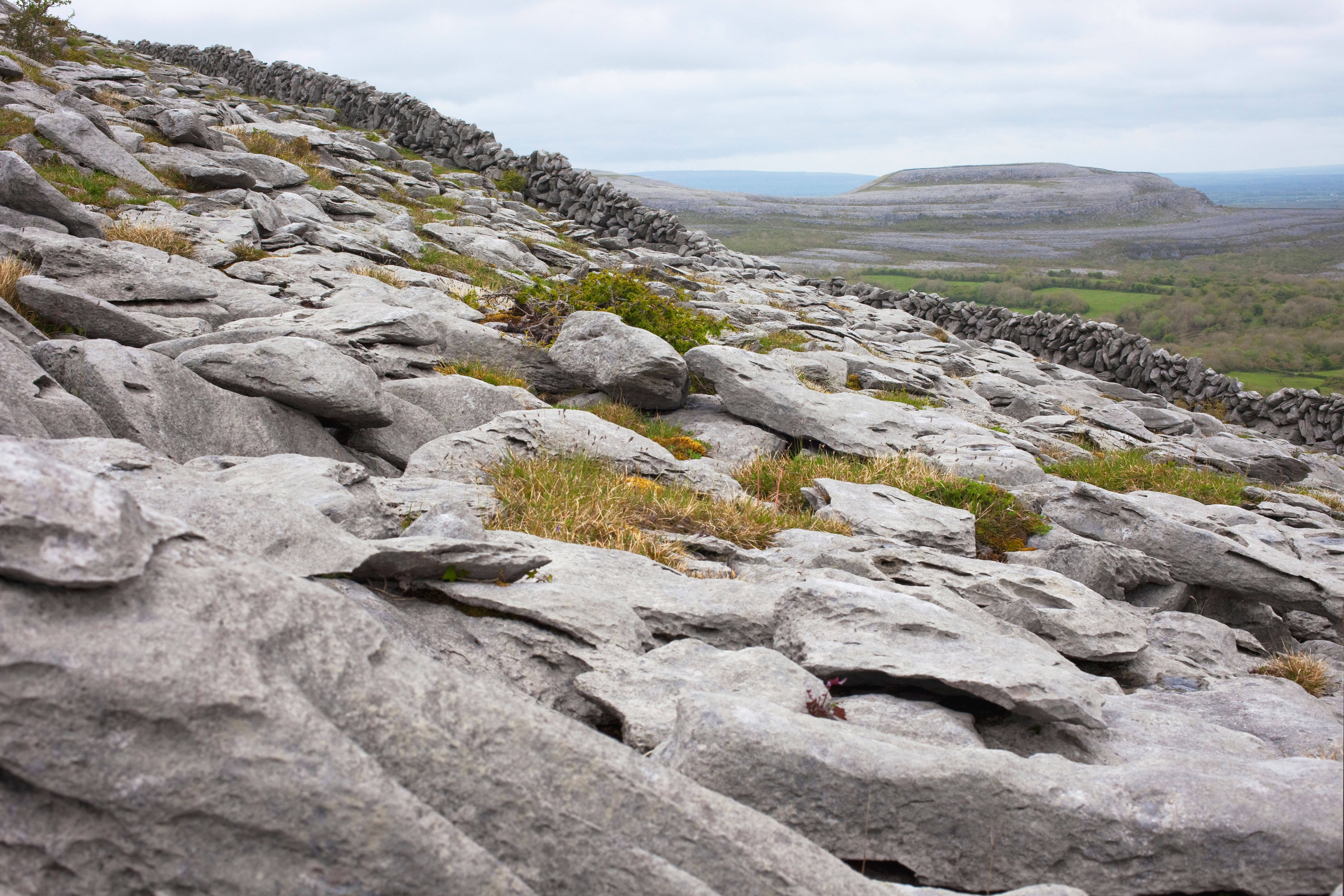
Walking The Burren, Co Clare: A place of curved hills, acres of open limestone and a landscape in which to lose oneself
Fiona Reynolds eats her words about regular walkers avoiding showers during the wettest months she can remember.
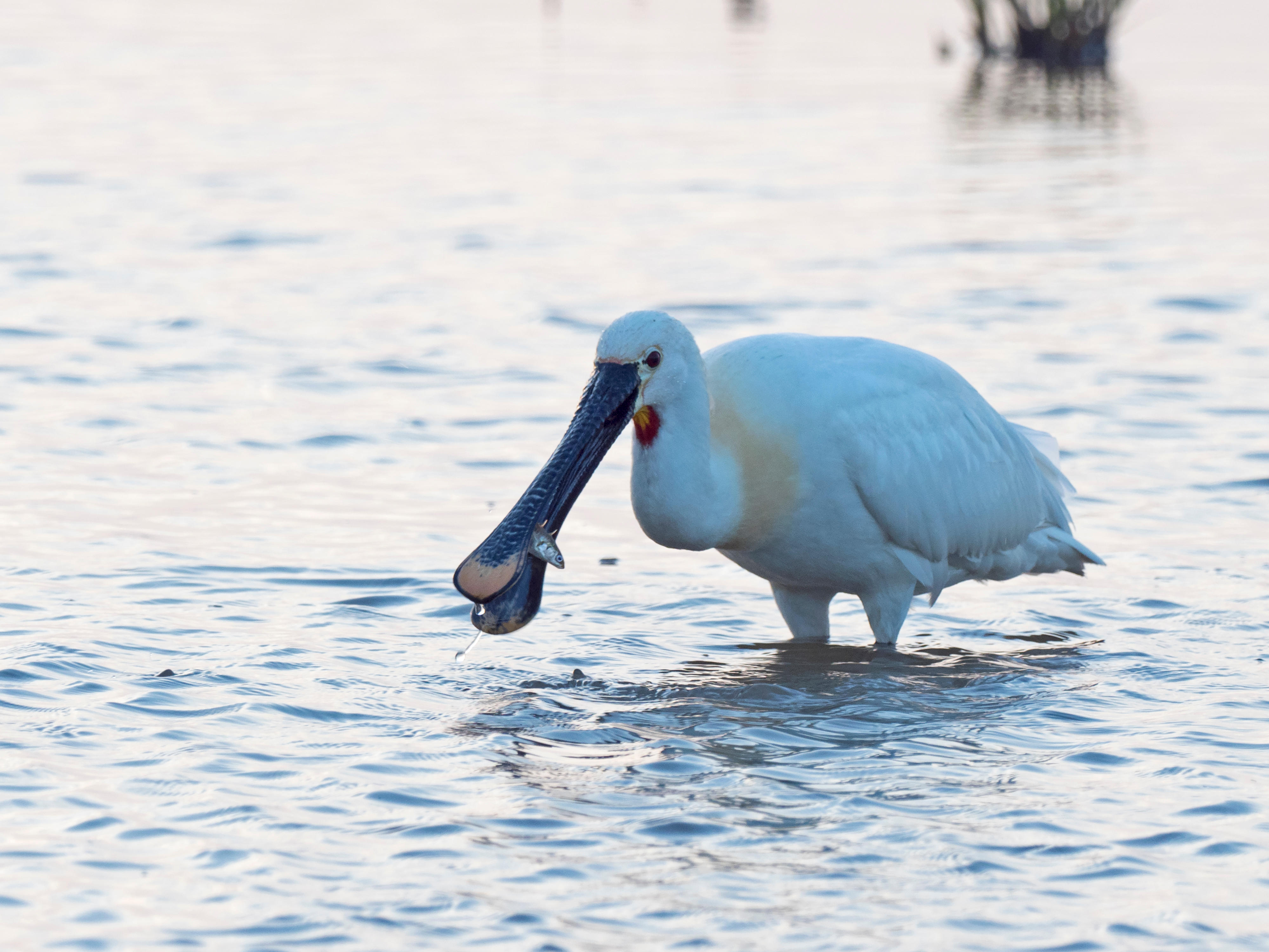
Tracking the Norfolk spoonbills: 'We’ve hardly walked a mile before a string of three white birds flies towards us'
Fiona Reynolds visits the wilds of Norfolk to find spoonbills — and discovers a remarkable conservation success story.
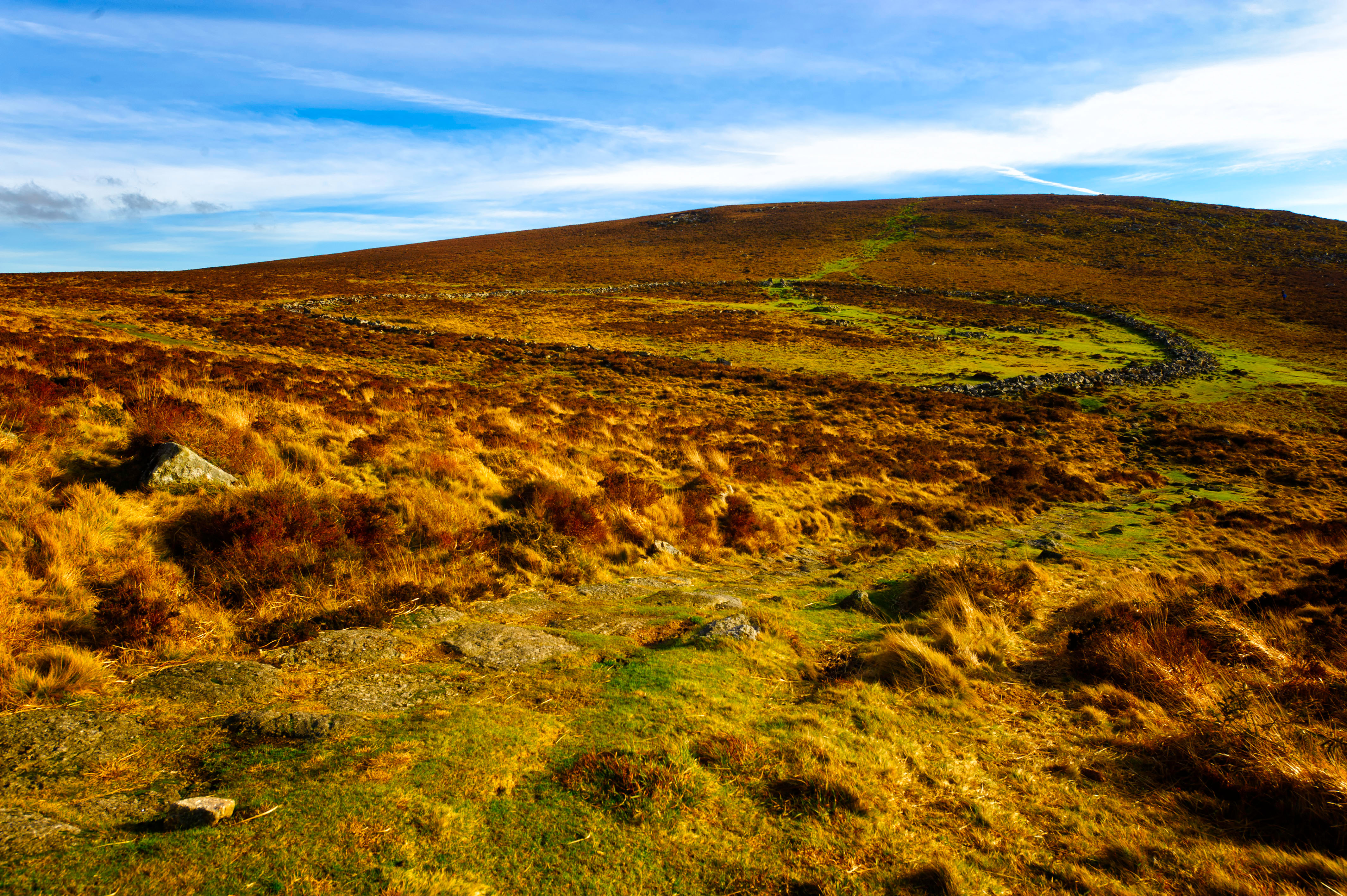
Walking on Dartmoor: 'Ponies, sheep and cattle have created an extraordinary upland landscape, but there’s now fear among the commoners'
The people who manage the evocative Dartmoor landscape are facing challenges, says Fiona Reynolds.

Fiona Reynolds: A walk on the Suffolk coast that brings home the true horror of the new plans for Sizewell
A few months after writing about a development at Otmoor, Fiona Reynolds visits the beautiful Suffolk coast — and can't
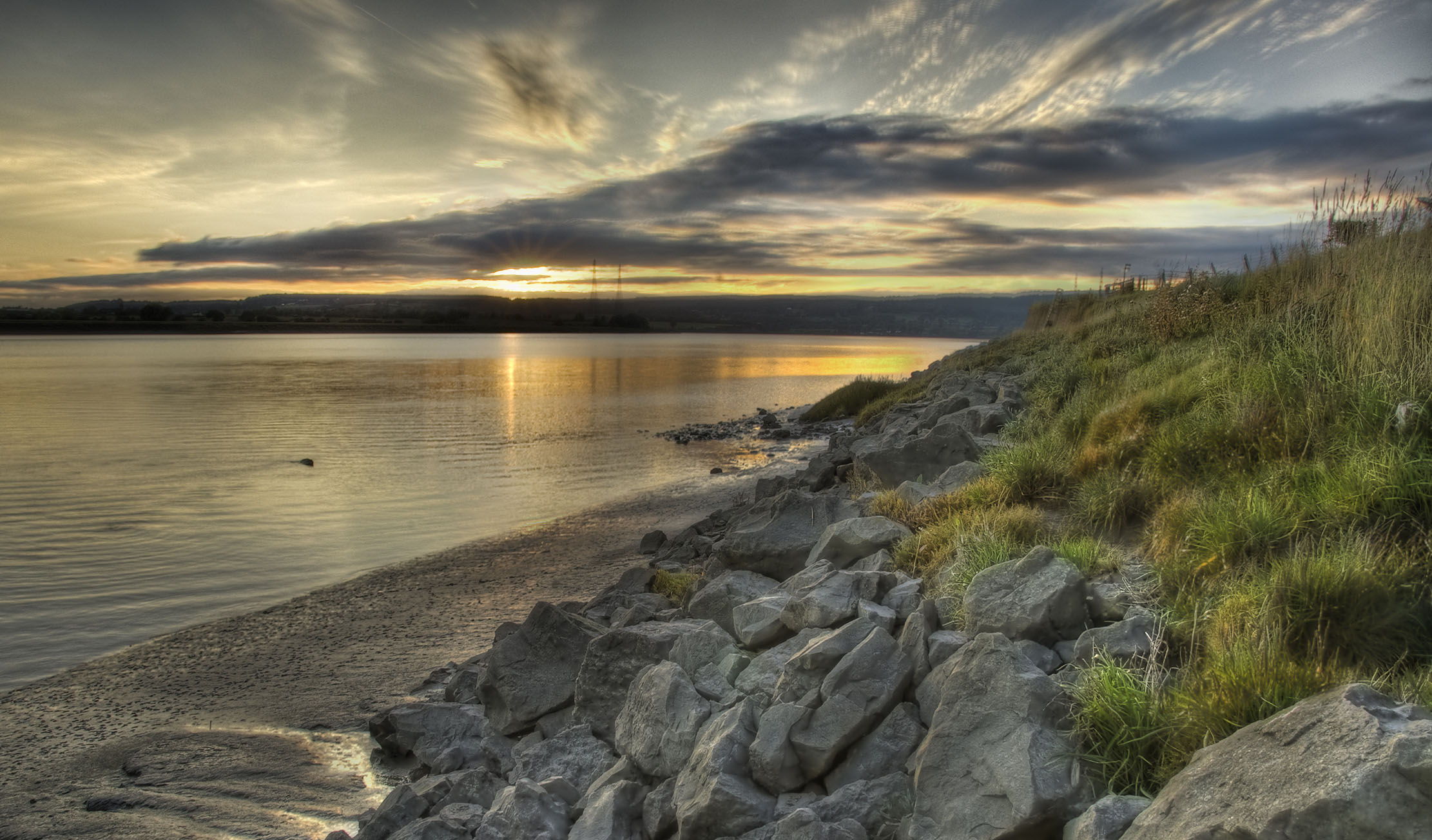
Fiona Reynolds: 'The day wears to a close, satisfied by a long walk and new discoveries close to home'
Fiona Reynolds recounts a pre-lockdown tale of a walk along the banks of the River Frome to where it meets
Fiona Reynolds is chair of the Food, Farming and Countryside Commission, the former director-general of the National Trust, former Master of Emmanuel College, Cambridge, and the author of The Fight for Beauty. Follow her on Twitter @fionacreynolds.
